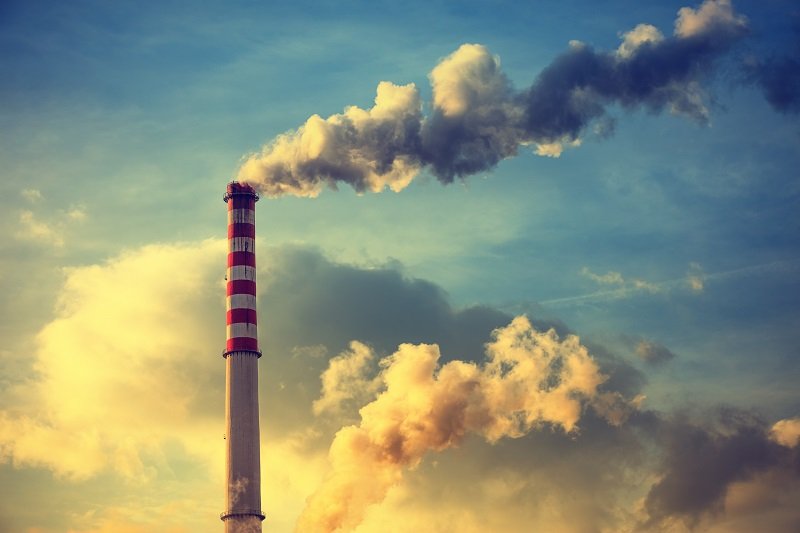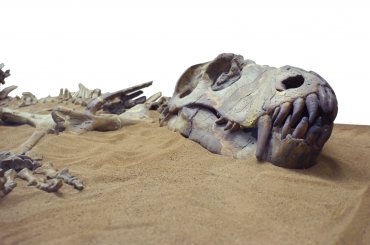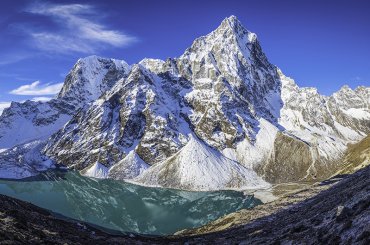The Pliocene is the Wuhan of the climate crisis
Peter Bijl on the NRC climate blog
Lessons from the corona crisis: Climate scientist Peter Bijl is struck by the parallels between the corona and climate crises. "For the climate crisis, 100 percent of the required information has long been available."
This blog was published on 14 April 2020 on the climate blog of the NRC.
When the first cases of Covid-19 were reported in the Netherlands, the government scaled up the measures to prevent rapid spread. More than three weeks later, the first decrease in the number of intensive care admissions appears to be starting. The people who now end up in ICU were often hospitalized a few days earlier, fell ill a few days earlier again, and were infected about a week before that. Even if we all went into complete lockdown from today, the number of IC beds would not immediately decrease more sharply.
It is a shocking parallel to the climate crisis. The increase in CO2 in recent decades is still causing global warming, the ‘final effect’ has not yet been reached. Coronavirus and greenhouse gases are both assassins. Just like the incubation period of a virus, there is a delay in the climate’s response to increased greenhouse gas emissions. Even if we were able to keep the amount of greenhouse gas at its current level - which would be a huge task, demand massive support and sacrifice from society, and require accelerated technological developments - climate change and sea level rise would rave on long after.

The change in the climate system has already started with the current CO2 concentrations, and cannot be reversed with faster action now. This does not mean that we cannot do anything: every particle of CO2 increases the speed of change and the consequences for climate change, just as any physical contact increases the chance of corona spreading.
Social awareness is delayed similarly for the corona crisis as compared to the climate crisis
Awareness
Social awareness is also experiencing a similar delay. The news from Wuhan continued to arrive since January. They were images of full ICs, dead and empty streets. But only after the first cases in the Netherlands, people here became aware of the risks. And people only changed their behavior when the government took measures. It ‘helped’ that Wuhan was ahead: this gave us an idea of the danger.
We could also look at the climate in this way. Take the Pliocene, for example, about 3.5 million years ago. It was 2 to 3 degrees warmer than it is now, CO2 concentrations were about as high as they are currently – or perhaps slightly higher – and the sea level was at least 6 meters higher.
Climate and ice sheet meltdown during the Pliocene were balanced with the greenhouse gas conditions. They thus provide an excellent picture of the future climate’s state and sea level, once they have completely responded to the current conditions. The Pliocene shows what the long-term consequences of our actions are now. With even more CO2 emissions from burning fossil fuels, we will reach the Pliocene climate sooner, and ultimately arrive at a warmer climate and a higher sea level than at the time of the Pliocene.
Actually, for the climate crisis, the Pliocene is what Wuhan is for the corona crisis in the Netherlands. Since the first corona case in the Netherlands, our collective actions determined when we would reach the same stage as Wuhan. More, earlier, stricter measures could postpone, or even prevent, ‘Wuhan’. With fewer or less strict measures, we would equal Wuhan or even pass it by ourselves.
As the consequences of fossil CO2 emissions for climate and sea levels become more visible, our actions from now on will determine to which climate and sea level conditions we will expose future generations.
Lessons
Perhaps it is too early to already learn lessons for the climate crisis. It is clear that decisive political decision-making can influence collective social behavior. Without government intervention, we would also have continued our lives full of social interaction in the Netherlands, just as we now continue to emit unrestrained fossil CO2 without political pressure to reduce.
Take 100 percent of the corona measures with 50 percent of the required information
Prime Minister Rutte said with clear despair in his voice that the government has to take 100 percent of the corona measures with 50 percent of the information. 100 percent of the required information has long been available for the climate crisis. Yet only 50 percent of the measures needed to tackle the climate crisis are being taken.
With the climate crisis, we are only on the 13th of March of the corona crisis: the danger is visible, the future consequences are predictable, but the measures are still far behind. Hopefully this virus will teach us that it is only through social cohesion, government pressure and willingness to survive that we can overcome such a major crisis.
Scientists from Utrecht University are reporting in the climate blog of the NRC on their research in the field of sustainability. They are united around the strategic theme of 'Pathways to Sustainability.

All species can go extinct – and so can humans
Researcher Wytske Versteeg argues that we are just as vulnerable as every other animal and plant species.

High time to step up the protection of our glaciers
Prof Walter Immerzeel argues that the protection of water towers should be much higher on the agenda.



